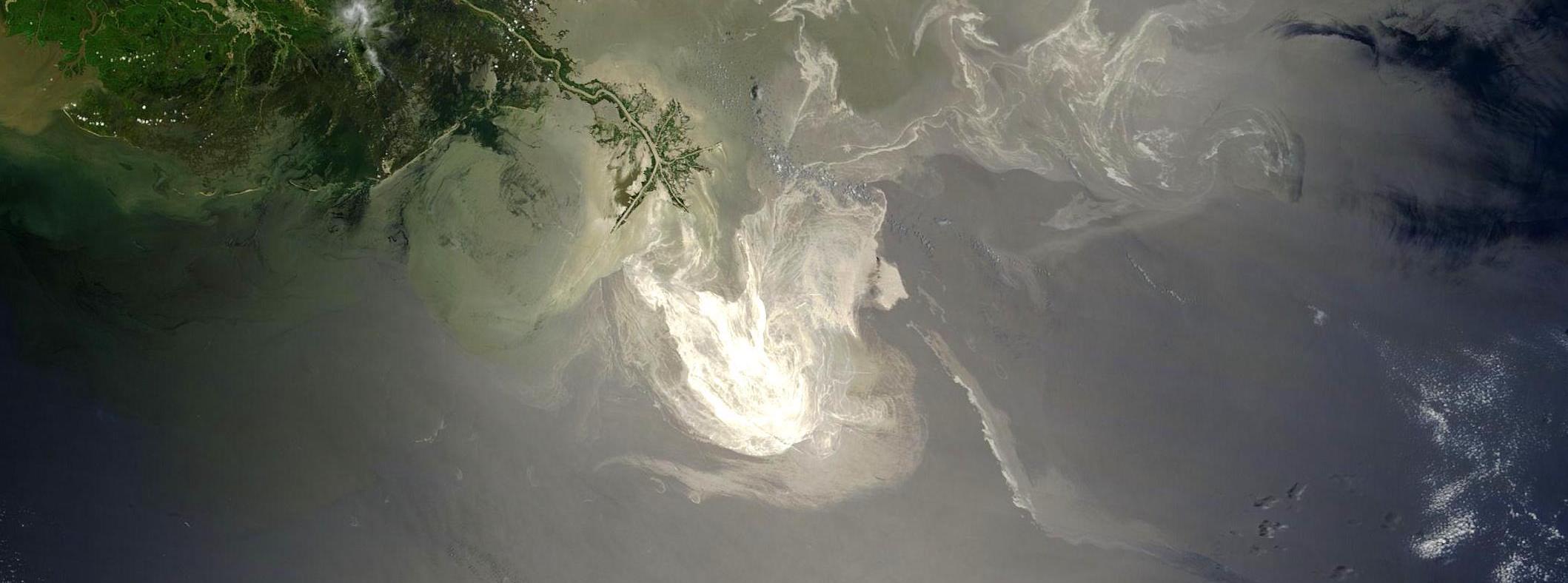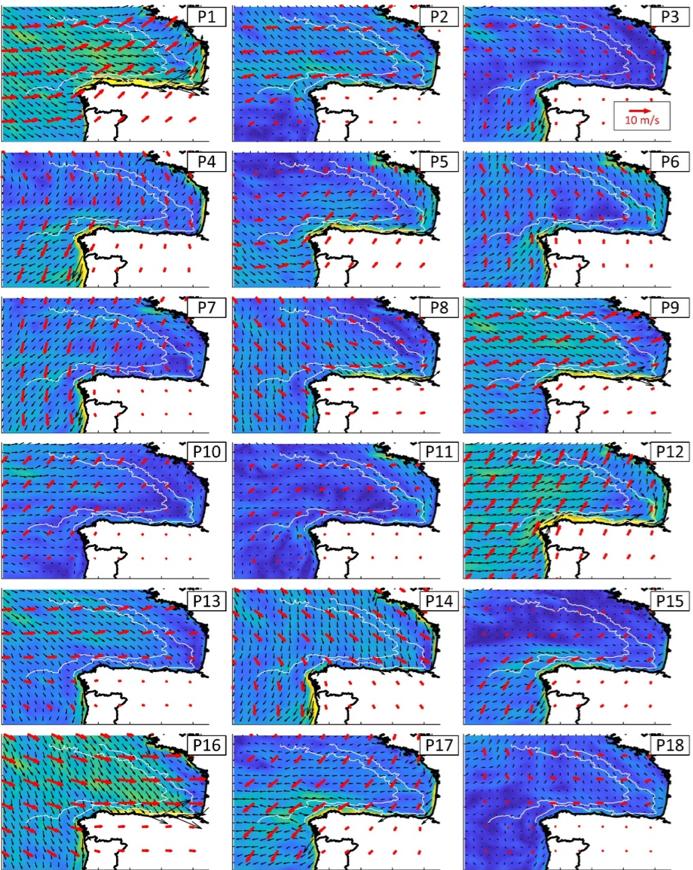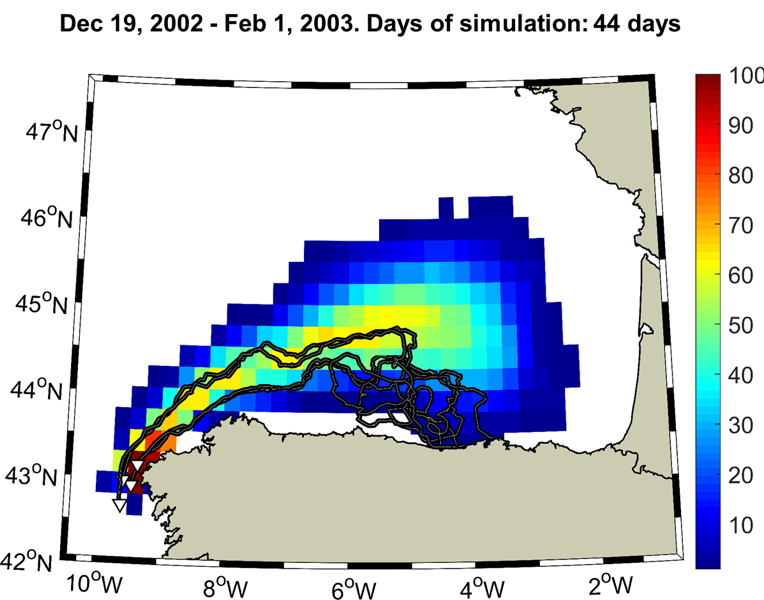
This model integrates far-field and near-field processes affecting deep waters spillages, the transport and weathering of surface or near-surface oil spills and the effect of chemical dispersants in the behaviour of the oil.

STATISTICAL FORECAST OF WIND AND CURRENT PATTERNS.
A methodology based on the combination of clustering techniques (k-means) and regression logistic models has been developed to simulate wind and current patterns (the main oil slick drivers in open ocean).
MID-LONG TERM PROBABILISTIC FORECAST OF OIL SPILL TRAJECTORIES BASED ON A LOGISTIC REGRESSION MODEL.
We have developed a novel statistical methodology for probabilistic predictions of oil spill trajectories in the mid-long term (1-6 months). The proposed methodology is based on a combination of clustering techniques and logistic regression, a statistical technique that allows to model the value of a categorical variable for varying values of some relevant predictor variables. The methodology has been applied in the Gulf of Biscay (Spain) and has been validated with observational data and drifters buoys deployed during the Prestige accident (Chiri et al., 2019).




